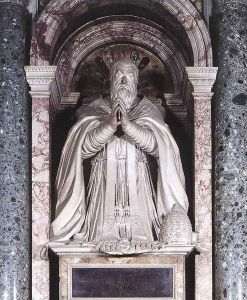Giovanni Antonio Paracca Paintings
Giovanni Antonio Paracca, also known as Valsoldo, was an Italian sculptor born in the year 1540 in Valsolda, a region now part of modern Lombardy, near the border with Switzerland. His family, particularly his father, Pietro Paolo Paracca, was also involved in the arts, which likely provided Giovanni Antonio with an early exposure to sculpting. Despite the scarcity of detailed records about his early life and training, it is evident from his works that Paracca developed a profound understanding of the Renaissance principles of sculpture, which would come to define his career.
Paracca's works are characterized by their adherence to the stylistic and technical principles of the High Renaissance, yet they also incorporate elements of the emerging Baroque style, making his sculptures dynamic and emotionally expressive. One of his most notable contributions to Italian sculpture is his work in St. Peter's Basilica in Rome, where his skills were employed in the execution of several important pieces, including the tomb of Pope Sixtus V. His works often featured intricate details and a mastery over both marble and bronze, showcasing his versatility as an artist.
Despite the prominence of his sculptures in various Italian churches and public spaces, comprehensive details about his life remain somewhat obscure, including his training and the extent of his workshop's output. Paracca's influence on the transition from Renaissance to Baroque sculpture in Italy is noted by art historians, but his legacy is often overshadowed by contemporaneous artists like Gian Lorenzo Bernini, who would come to dominate the Baroque era. Giovanni Antonio Paracca died in 1598, leaving behind a body of work that, while not as widely recognized today, played a significant role in the development of late 16th-century Italian sculpture.
